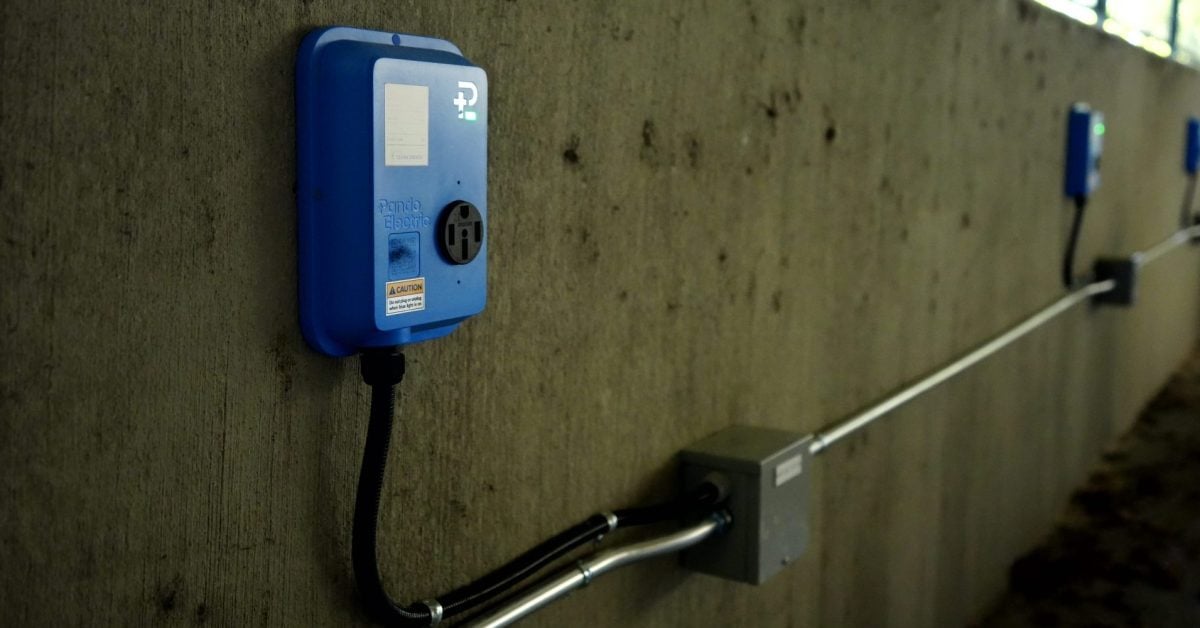- cross-posted to:
- news@lemmy.ca
- cross-posted to:
- news@lemmy.ca
Summary
Starting in 2026, California will require all new residential units with parking spaces to be EV charger-ready, significantly increasing access to electric vehicle charging.
Multi-family developments must equip at least one EV-ready spot per unit, while hotels, commercial lots, and parking renovations will also face new EV charging mandates.
Advocacy groups praise the policy, emphasizing its balanced approach to affordability and infrastructure needs.
The initiative aligns with California’s 2035 ban on new gas-powered car sales, aiming to address key barriers to EV adoption and support the state’s transition to electrification.



It’s likely true, but doesn’t have to be, and the fact that this is being phased in with only new units means the power company can plan for it.
The transformers for the neighborhood can provide a certain amount of kVA at once. If all houses on a single transformer drew their max load, they would overload it. The power company plans on that not happening, because people vary their load from minute to minute. A hair dryer goes on in one building when an electric stove is turned off in another.
A few of those houses could upgrade their service. We upgraded ours from 100A to 200A when we installed solar and got EVs. However, if all our neighbors tried to do that, the power company would tell the last few on the list that they couldn’t provide capacity (possibly more than a few). This is why smart circuit breaker boxes are important. They can be programmed to turn on certain circuits for high draw items, like electric dryers or an EV charger, in a round-robin fashion so nothing is drawing too much at once. People can get one of those and keep their 100A service.
When it’s building new, though, the power company is consulted on how much power the unit needs and they plan accordingly. It’s a non-issue for this purpose.
I’ve yet to find any actual data on typical residential area line capacity - I don’t know the right questions to ask. So when you say “it’s likely true” what evidence are you basing this on? Did your power company actually tell you that they didn’t have capacity for “the last few on the list”?
Google results have gone to dogshit, but If it wasn’t true, there wouldn’t be a reason for smart circuit breaker boxes.
That is pure conjecture. And I thought the main reasons for a smart panel were things like energy monitoring, solar integration and optimizing charging of EVs.